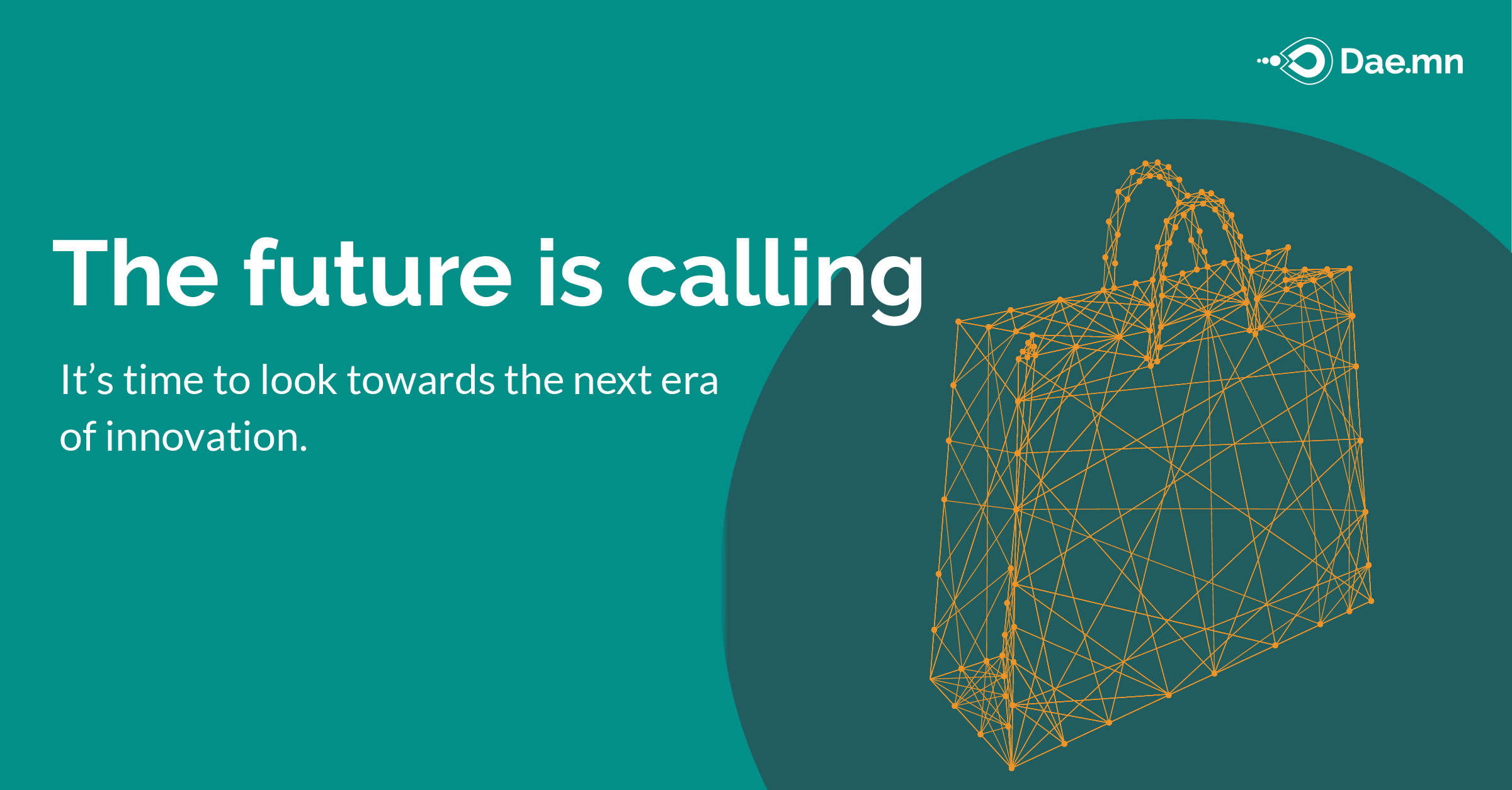
The future calls: a look ahead to the next era of retail
Over the last few years, retailers of all sizes around the world have embraced digital technologies and platforms. Digital transformation, that all-encompassing phrase, has become part and parcel of retail survival.
There are a multitude of ways to implement technology in a retail environment. Fast and convenient food deliveries. Remote on-the-spot payments. Fighting in-store theft and fraud by monitoring the products that get scanned at self-checkout machines. These are all examples of innovations designed to increase efficiencies and improve the customer experience.
But they are just scratching the surface of what’s possible. Intelligence technologies such as AI and computer vision are set to shape the future of retail. It’s therefore no surprise that, according to a recent Comcast Business survey, 43% of retail IT leaders believe digital growth is their most important business priority moving forwards. A further 39% are prioritising the use of analytics for decision-making, while 50% are planning to leverage AI within the next 12 months.
So, there are plenty of options available to retailers, but what impact are these technologies likely to have in practice? Let’s take a closer look at three examples.
1. Boundless stores
Spearheaded by the likes of Amazon in its Amazon Fresh stores, boundless stores are already starting to emerge and will undoubtedly have a key role to play in retail’s future. These stores revolve around AI and computer vision technology, which are used to forecast stock, personalise the shopping experience, and streamline the check-out process.
The idea is that customers can purchase items without ever having to interact with an employee or a physical checkout. They can simply browse the store, select their items, and leave. Computer vision systems will recognise the items customers pick up in real time and automatically trigger a charge to their connected bank account as part of a seamless shopping experience.
Such a system could also engage customers with recommendations based on their shopping history, providing an additional layer of personalisation and another revenue opportunity.
On the backend, an AI system as part of a boundless store can enable retailers to more efficiently allocate in-store resources, or proactively identify inventory shortages. They require a high degree of technical sophistication, but the benefits on offer show just how much value boundless stores are likely to deliver in the years to come.
2. Customer engagement
Building on the customer experience angle, computer vision is poised to tackle many retail pain points and take the in-store customer experience to new levels. For example, real-time data can be leveraged to redefine customer journeys and optimise store layouts.
By collecting and analysing data around purchase patterns and high footfall areas, retailers can make more effective decisions. This could include displaying high-impact products in the busiest areas or designating staff to certain segments based on customer behaviour.
This is exactly what Samsung did in its pop-up stores dedicated to the pre-launch of the Galaxy S9 smartphone. It collected comprehensive footprint, dwell time and product interaction data in different store zones, enabling it to adjust the store layout in real time. By quickly identifying bottlenecks, it was able to improve the shopping experience and drive up conversions.
Linked to this is the in-store personalisation element, achieved through solutions such as virtual mirrors or digital fitting rooms. These technologies can show customers a range of contextual information and make real-time fashion recommendations based on the items they try on. This can help customers connect with the brand and provide a superior shopping experience.
3. Operational efficiency
But it’s not all about the customers. AI and computer vision technologies also have vital operational roles to play. For example, nearly two-thirds (64%) of retailers are planning to deploy new solutions related to inventory optimisation within the next two years. This could include cameras that alert staff when shelves start to go low on products, or inspection systems that can detect damaged packaging. The wider supply chain - including fulfilment, warehousing and packaging operations - can also benefit from monitoring and automation using computer vision.
Having these types of solutions in place means retailers can automate many of the manual tasks that currently take up a considerable amount of time. As a result, employees will be free to focus on customer-oriented tasks and help improve the store’s level of customer service.
At the same time, it empowers retailers to leverage the data these systems collect to make faster and more effective decisions. Whether plugging stock gaps, repositioning products or simply increasing operational efficiency, customers’ propensity to purchase – and in turn business revenues – will be increased.
Taking the next step
Ultimately, there is still a long way to go before technology’s potential in retail is realised. This is illustrated by the fact that just 39% of retailers are satisfied with their store’s digital experience, with this figure dropping to 22% for grocery and general merchandise stores.
But the solutions are out there for those ready to take the plunge. The onus is very much on retailers to embrace a digital-first approach and take steps to unleash the true power of today’s next-generation technologies.